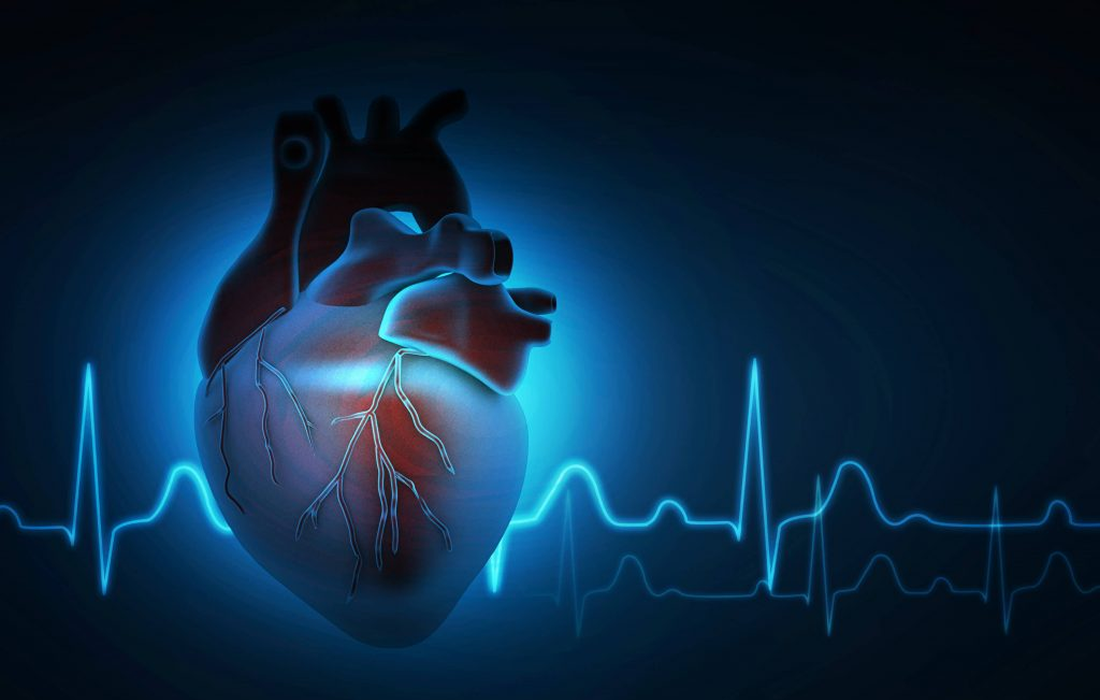Regenerative Medicine News and General Information
Exosomes Therapy may Help Repair Abnormal Heart Rhythm
Ventricular arrhythmias can occur after a heart attack damages tissue, causing chaotic electrical patterns in the heart’s lower chambers. The heart ends up beating so rapidly that it cannot support the circulation, leading to a lack of blood flow and, if untreated, death.
Current treatment options for ventricular arrhythmias caused by heart attacks are far from ideal. These include medications with major side effects, implanted devices to provide an internal shock, and a procedure called radiofrequency ablation in which parts of the heart are purposely destroyed to interrupt disruptive electrical signals. Recurrence rates are, unfortunately, high for all of these.
Ablation is a counterintuitive approach because you are destroying heart muscle in an already weakened heart.
A novel therapy
Eugenio Cingolani, MD, director of the Cardiogenetics-Familial Arrhythmia Program at the Smidt Heart Institute at Cedars-Sinai, and his team sought to try a different approach in laboratory pigs that experienced a heart attack.
They injected some of the laboratory pigs with tiny, balloon-like vesicles, called exosomes, produced by cardiosphere-derived cells (CDCs), which are progenitor cells derived from human heart tissue. Exosomes are hardy particles containing molecules and the molecular instructions to make various proteins, thus they are easier to handle and transfer than the parent cells, or CDCs.
One group of pigs received an injection of CDC-derived exosomes in their hearts and the other a placebo.
The animals were evaluated by MRI and tests to assess electrical stability of the heart. Four to six weeks after injection, the laboratory pigs that had received the exosome therapy showed markedly improved heart rhythms and less scarring in their hearts without weakening the heart.
These preliminary results suggest the possibility for a nondestructive alternative to treating ventricular arrhythmias.
At Zignagenix Clinic
We have treated multiple patients with cardiovascular conditions over the course of our clinical experience with excellent results in patients quality of life and symptom management. Some patients have even had an increase in ejection fraction months after the procedure. At our clinic we use exosomes as a combined therapy with stem cells, giving to the patient a double potential benefit of recovering heart tissue.
SOURCE:
James F. Dawkins, Ashkan Ehdaie, Russell Rogers, Daniel Soetkamp, Jackelyn Valle, Kevin Holm, Lizbeth Sanchez, Ileana Tremmel, Asma Nawaz, Michael Shehata, Xunzhang Wang, Adityo Prakosa, Joseph Yu, Jennifer E. Van Eyk, Natalia Trayanova, Eduardo Marbán, Eugenio Cingolani. Biological substrate modification suppresses ventricular arrhythmias in a porcine model of chronic ischaemic cardiomyopathy. European Heart Journal, June 7, 2022; DOI: 10.1093/eurheartj/ehac042
IMAGE:
https://cvrti.utah.edu/wp-content/uploads/2021/09/Cardiac-Arrhythmia-1024×683.jpeg

